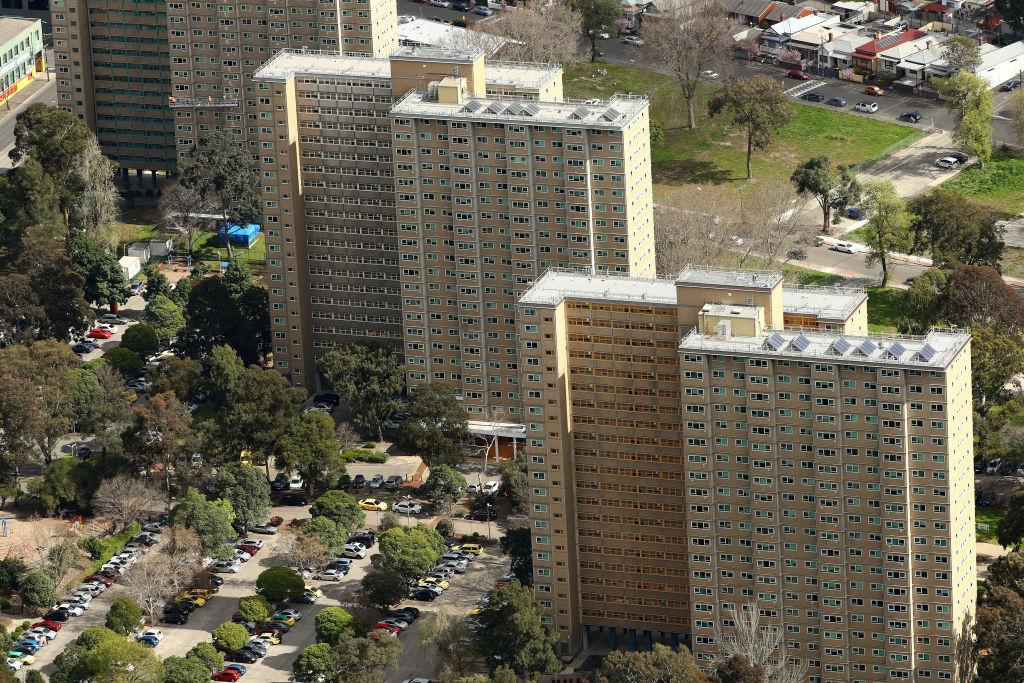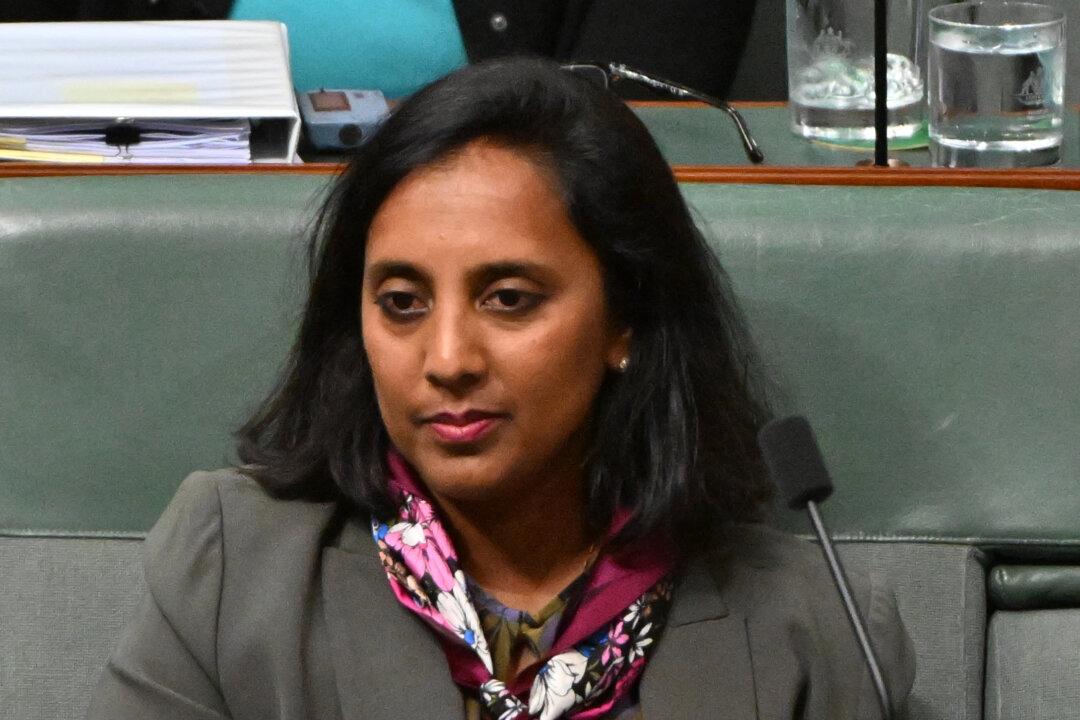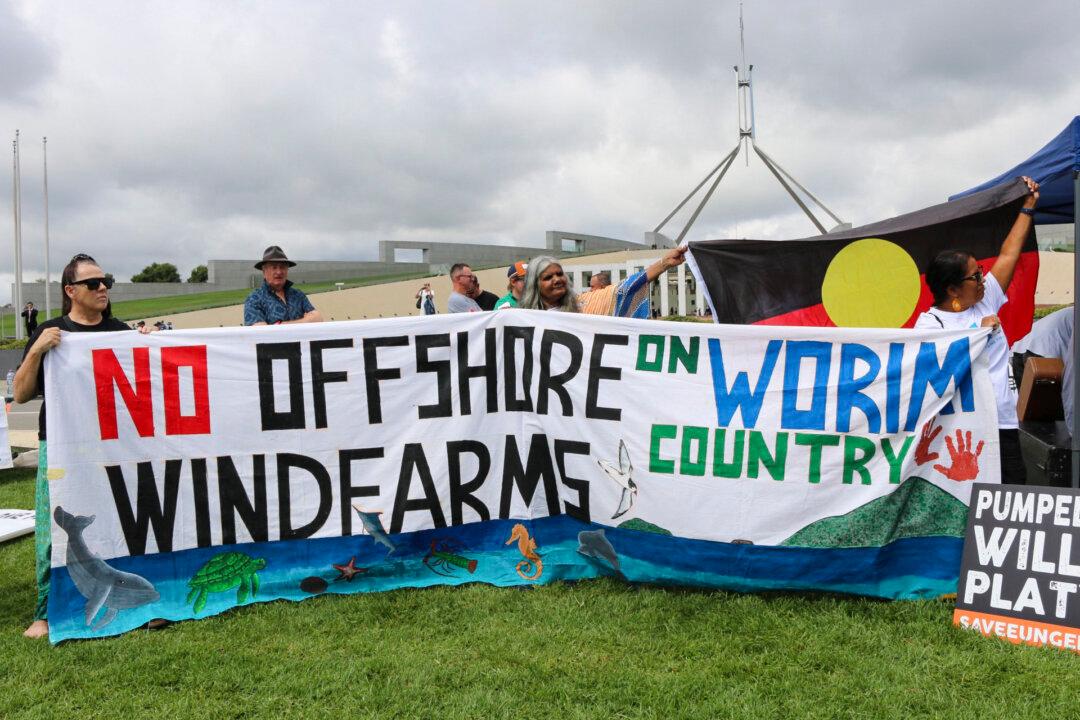Over 50 percent of renters living in major capital cities face “housing stress,” according to figures from advocacy group Everybody’s Home, prompting 150 organisations to call for the government to invest in more social housing.
According to the latest data, renters in outer suburban and coastal areas suffered the most from rent hikes and housing stress—which occurs when a household spends over a third of its gross income on costs such as rent.





